General considerations and learnings
Each country has their unique licensing process, but in general, the application process to establish a seaweed farm can be divided into three phases:
- Preparation of the licence application, including designing the concept of your farm (farming technology used, species farmed), pre-engaging relevant stakeholders, and preparing the required documents for the licence application. After the successful submission of the licence, the licensing journey goes into the next phase.
- Public consultations, including consultations with local stakeholders, responding to their interrogations and adapting the project to receive the local social licence to operate. At the end of the consultation process, the legal authority in charge of delivering the licence will evaluate if your answers to the public’s concerns are satisfying enough, and eventually grant you a licence. Once the seaweed farm lease is validated and published, the seaweed farmer can enter the construction phase of the farm – phase 3.
- Pre-installation and final installation of the farm, where potential additional licences for the installation of equipment (e.g. buoys), use of the seabed (for anchoring of the farm), and food safety permits might be required.
A vision of your future seaweed farm. Keep in mind that seaweed farming is rewarding but tough: Seas will be rough and you will at times likely be working in cold, unforgiving weather. Having a clear vision of your farm is a powerful mental motivator to guide you through not only the licensing process, but also the likely ups and downs that will follow once you have established your farm. Within your vision you should also include the type of seaweed, the gear you’ll use and the markets you are targeting.
Knowledge of the area where you plan to farm. From potential marine spatial plans and fellow users to currents, storm exposure, nutrient loads, as well as potential pollutants – you will need to know about them. This knowledge will allow you to pick the ideal place for your seaweed farm, which is a prerequisite for your licence application.
Knowledge of seaweed farming. Knowing the seaweed species you’ll farm, the equipment you’ll need and your farm’s impact on the environment and other marine activities will most likely be necessary for the licensing process – and to run a successful farming operation. Additionally, you should have an idea of, and engage potential buyers and investors as soon as possible.
A clear plan. Being able to describe your farm in detail (e.g. its exact location, size, and species grown) will very likely be the first step in applying for your licence.
Time. Unfortunately being granted a seaweed farming licence can take a considerable amount of time (usually 1 – 2 years, depending on the country). Knowing and planning ahead to navigate the licensing process significantly cuts down on the time between your first application and being granted a licence.
Support from the local community. Having the local community (e.g., fishers, coast guards, environmental groups, the general public, etc.) on your side is a substantial success factor.
Funding. In addition to be able to pay the licence fees, you will need the capital to bridge the time between your licence application and the farm becoming fully operational. The length of the licensing process will significantly impact this timespan, which can take well over one year.
Underestimating the time it takes to receive a licence. Even if countries give timespans for the licensing process, these can often be prolonged by the need for iterations of the application. Additionally, unexpected delays (e.g. rejections, change requests regarding project definition, missing information; rejection of the proposed farm by the public) should be expected. These delays can be minimized by being well prepared and consulting with stakeholders early on. However, it is still advisable to have a significant buffer in resources (time, money) to weather probable delays.
Underpreparing when applying for a licence. Not knowing the legislative requirements, your prospective farm, your community, etc. can lead to delays in your application process. These delays take time to resolve and thus drive up the costs of your licensing process. Being prepared and engaging your local community early on (point below) is key.
Not engaging relevant stakeholders early and frequently enough throughout the process. Social licensing is an essential factor and can not only scupper the licensing process but also prevent farming activities once the licence is drafted. Engaging relevant direct- (e.g. fishers) and indirect stakeholders (e.g. homeowners) early on will be key to your successful licence application.
Not connecting with your local seaweed farmer community. Established seaweed farmers have already gone through the licensing process and thus can provide valuable guidance, insights and connections. They are an invaluable resource, and often willing to help. This makes knowing them a very likely success factor when undergoing the licensing process and setting up your seaweed farm. This toolkit lists fellow seaweed farmers in respective countries that are happy to be contacted.
Expecting clear processes. The European seaweed legislation is still nascent. This results in the lack of standardization of seaweed regulations in many European countries. Through this, it is not uncommon for governmental requests for you to submit extra, unexpected paperwork, or for you to find solutions to currently unclear governance structures. We hope that this toolkit provides guidance through this often complex process. In the case you are experiencing any unforeseen obstacles throughout your licensing application, we would be interested in hearing about them, to help fellow prospective seaweed farmers be aware of, and potentially avoid/solve them.
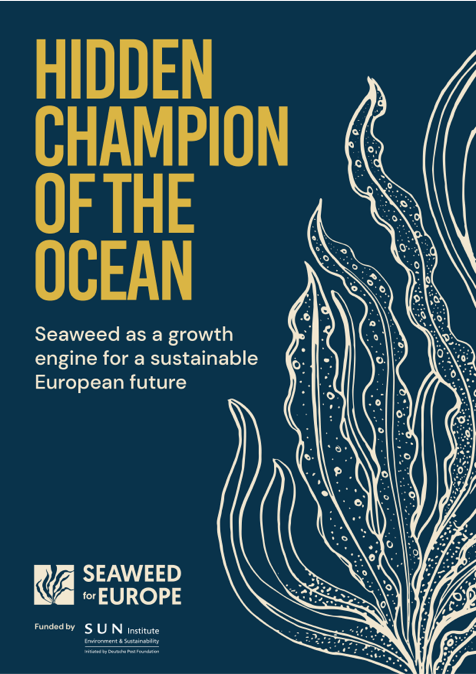
Hidden Champion of the Ocean
Approachable narrative about the European Seaweed Industry, including its expected 2030 European market size, employment potential and environmental impacts.
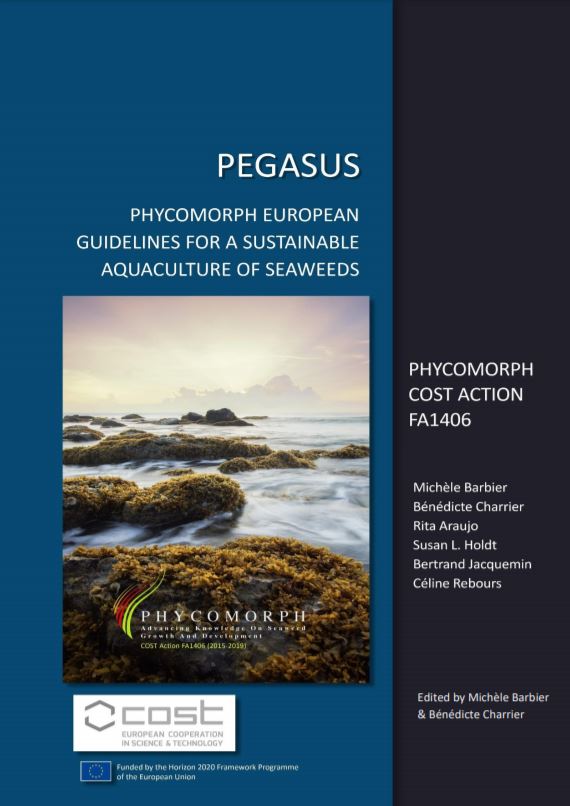
PEGASUS
Phycomorph European guidelines for a sustainable aquaculture of seaweeds provides an in-depth overview of the current EU seaweed industry.
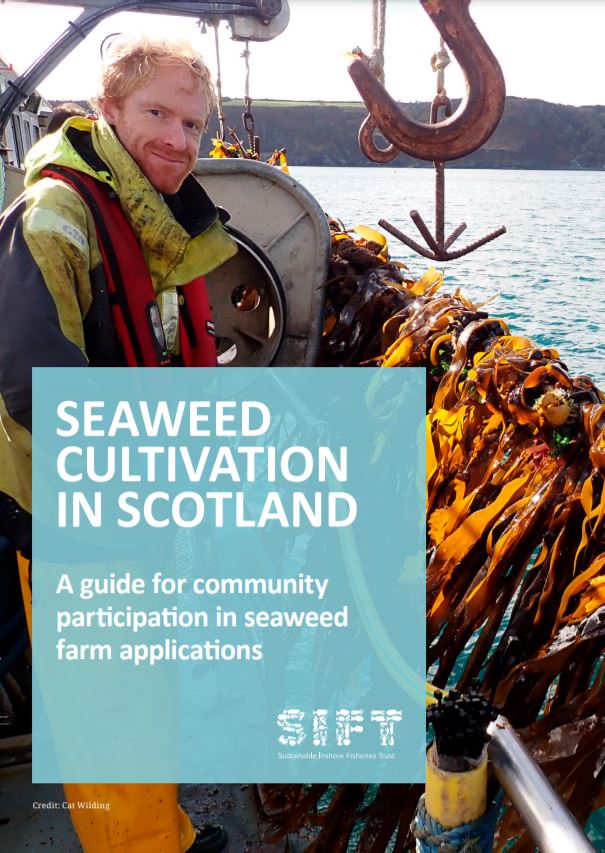
Seaweed Cultivation in Scotland
Originally written for Scottish seaweed farmers, this report includes many transferable learnings for seaweed farmers all around the world in terms of seaweed farming impacts and considerations when establishing a seaweed farm.

GENIALG project deliverables
Results from the EU funded project includes many relevant resources for future seaweed farmers, including growth reports, yield optimization reports and social licence studies amongst many other resources.
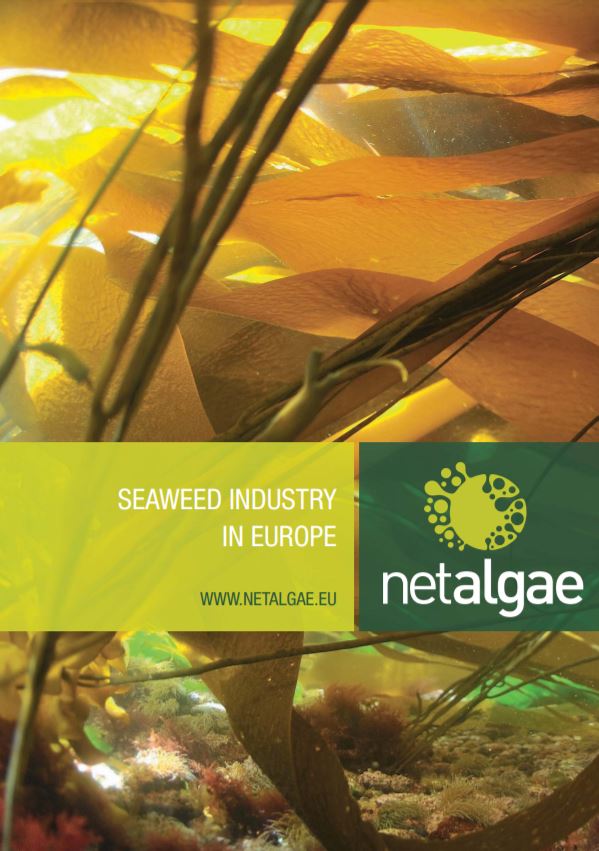
Netalgae: Seaweed Industry in Europe
Overview of the current status of the European seaweed industry, including farmed species and their current uses.
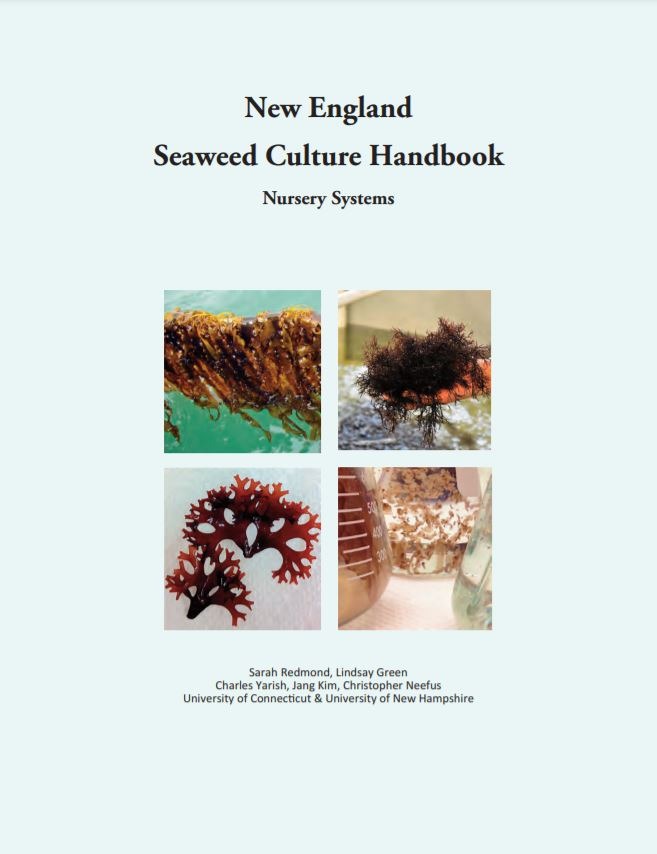
New England Seaweed Culture Handbook
Overview of commonly cultivated seaweed species including their nursery and culture systems. Originally written for New England (USA), but includes global transferable knowledge.
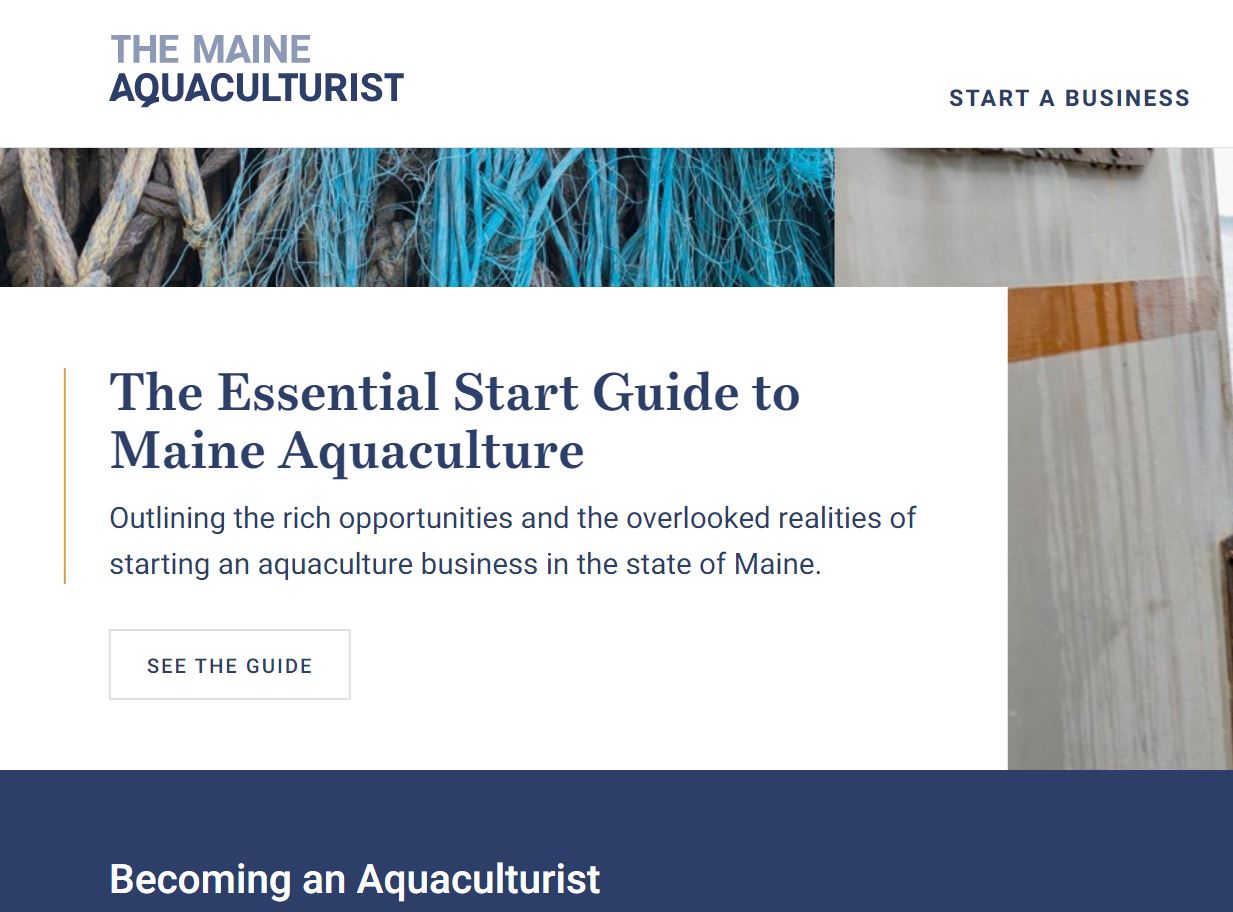
The Maine Aquaculturist
Aquaculture toolkit designed with a focus on Maine, USA, but including many transferable learnings for setting up, financing and running your seaweed farm.
Disclaimer
This toolkit is a living document provided to support future seaweed farmers and created to the best of our current knowledge. It will be updated continuously and without notice. It is meant as a supporting resource and does not constitute legal advice.
Seaweed for Europe welcomes you to contribute to the development of the toolkit, both in terms of improving the website and being featured as a “key resource” or “fellow farmer”. To get involved, please write us at: [email protected]
Improvement suggestions & Broken links
This toolkit is a living document. In case you would like to submit improvements to the website content, we welcome you to write us at: [email protected]
In case you find a broken link please paste it below.

